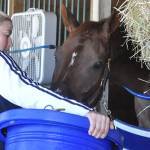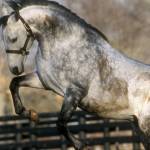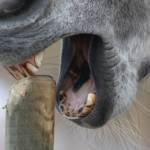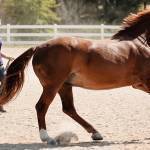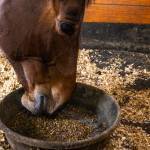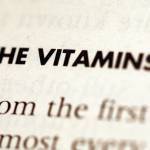Sources of Hypoglycin Studied: Toxic to Horses
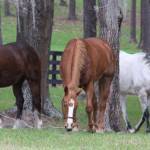
After years of mystery surrounding the deaths of European horses by atypical myopathy(opens new window), veterinarians and researchers have unearthed the cause: hypoglycin A toxicity. The toxin is found in seedlings and fruits of sycamore maple trees(opens new window), and ingestion by horses nearly always leads to death or humane euthanasia.
In addition to seedlings and fruits, researchers began to question if there were “other” sources of hypoglycin A from sycamore maple trees. For example, the flowers from these trees are arranged in clusters called inflorescences, and they bloom in the spring then fall from branches during inclement weather with rain and high winds. To learn more, researchers collected seedlings, fruits, inflorescences, and the rainwater or puddles in which these plant parts were found.
“Hypoglycin A was found in all four samples, including the rainwater that was collected,” summarized Kathleen Crandell, Ph.D., a nutritionist for Kentucky Equine Research(opens new window).
Research revealed that “20 g of samaras, 50 seedlings, 150 g of inflorescences, or two liters of water that has been in contact with seedlings would contain the maximum tolerated dose per day for a horse.”
An average 1,000 lb (450-kg) idle horse consumes approximately 10 gallons or 38 liters of water per day. Drinking two liters of water contaminated with hypoglycin A is therefore possible.
“This study highlights the importance of being aware of the trees, bushes, shrubs, and other plants(opens new window), as well as water sources(opens new window), that your horses have access to,” emphasized Crandell. “To be safe, fresh water should be provided rather than relying on natural water sources that can pose several threats to horses(opens new window).”
*Votion, D.M., J.A. Habyarimana, M.L. Scippo, et al. Potential new sources of hypoglycin A poisoning for equids kept at pasture in spring: A field pilot study.(opens new window)
Veterinary Record. In press.


